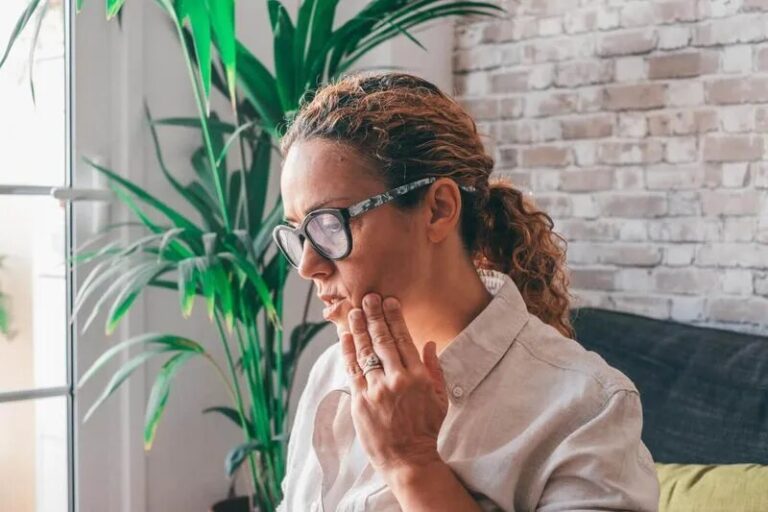Are you curious about the cutting-edge advancements in dentistry that are revolutionizing oral health care? Imagine a dental treatment that not only repairs damaged tissues but also stimulates natural healing processes within your mouth. Enter the world of regenerative dentistry! In this blog post, we will delve into how regenerative dentistry differs from traditional approaches and explore its exciting potential to transform smiles in Chandler and beyond. Let’s embark on a journey through the innovative realm of regenerative dentistry together!
The Basics of Dentistry: Traditional and Regenerative Approaches
Traditional dentistry has long focused on treating oral health issues through standard procedures like fillings, extractions, and root canals. These methods aim to address immediate problems but may not always promote long-term healing. On the other hand, regenerative dentistry takes a more holistic approach by harnessing the body’s natural ability to regenerate tissues.
Regenerative dentistry techniques involve using biocompatible materials and growth factors to stimulate tissue regeneration and repair damaged structures in the mouth. This innovative approach goes beyond simply fixing problems; it aims to restore function and aesthetics while supporting overall oral health.
Understanding Regenerative Dentistry
Regenerative dentistry is a cutting-edge approach that focuses on promoting the body’s natural ability to repair and regenerate damaged tissues in the oral cavity. Unlike traditional dentistry, which often relies on invasive procedures like fillings or extractions, regenerative dentistry aims to stimulate the body’s own healing mechanisms.
By harnessing the power of stem cells, growth factors, and biomaterials, regenerative dentistry offers patients a more holistic and minimally invasive treatment option. This innovative technique not only addresses dental issues at their root cause but also promotes long-term oral health benefits.
Applications of Regenerative Dentistry in Different Dental Procedures
Regenerative dentistry offers a revolutionary approach in various dental procedures, providing innovative solutions for patients with diverse needs. In the field of periodontics, regenerative techniques like guided tissue regeneration can help regenerate lost bone and soft tissues around teeth affected by gum disease. This method promotes healing and regeneration, restoring the supporting structures of the teeth.
In endodontics, regenerative endodontic procedures aim to restore damaged pulp tissues in young patients with incompletely formed roots. By promoting root development and enhancing pulp vitality, regenerative dentistry enables the preservation of natural teeth in these cases. Moreover, in implant dentistry, techniques such as socket preservation using growth factors or stem cells can enhance bone volume and density for successful implant placement.
Benefits of Regenerative Dentistry vs. Traditional Dentistry
Regenerative dentistry offers a revolutionary approach to dental care, focusing on harnessing the body’s natural healing abilities to restore and regenerate damaged tissues. Unlike traditional dentistry that often involves invasive procedures like tooth extraction or extensive fillings, regenerative techniques aim to repair and rebuild tissues using biocompatible materials.
One of the key benefits of regenerative dentistry is its ability to promote tissue regeneration, resulting in more natural-looking and long-lasting outcomes for patients. By stimulating the body’s own healing processes, regenerative treatments can help preserve healthy teeth and gums while reducing the need for repeated interventions over time.
Moreover, regenerative dentistry has shown promising results in promoting faster healing times and minimizing post-operative discomfort compared to traditional approaches. This means less downtime for patients and a quicker return to their normal daily activities with minimal disruption.
Limitations and Challenges of Regenerative Dentistry
Regenerative dentistry, while promising, is not without its limitations and challenges. One of the primary obstacles faced in this field is the cost associated with regenerative procedures. Due to the advanced techniques and materials involved, these treatments can be more expensive than traditional dental approaches.
Another challenge is the time it takes for regenerative processes to yield results. Unlike quick-fix solutions offered by conventional dentistry, regenerative treatments often require multiple appointments and a longer healing period before tangible outcomes are achieved.
Moreover, there may be limitations in terms of patient eligibility for certain regenerative procedures. Factors such as overall health conditions or specific oral issues may restrict individuals from benefiting fully from these innovative dental techniques.
Future Possibilities: Advancements and Potential Impact on the Field
The field of regenerative dentistry in Chandler is constantly evolving with new advancements on the horizon. Researchers are exploring innovative techniques to regenerate dental tissues, such as using stem cells and biomaterials to promote natural healing processes within the mouth.
These future possibilities could revolutionize how we approach dental procedures, offering more effective and minimally invasive treatments for patients. Imagine a world where damaged teeth can be regenerated instead of replaced, leading to longer-lasting and more natural outcomes.
Additionally, regenerative dentistry has the potential to improve oral health on a broader scale by addressing issues like gum disease and bone loss through regenerative therapies. This could mean fewer extractions and implants in the future, preserving natural teeth for longer periods.
Conclusion
Regenerative dentistry in Chandler represents a promising shift towards more natural and effective dental treatments. With its focus on stimulating the body’s own healing mechanisms, regenerative dentistry offers innovative solutions for various oral health issues that traditional approaches may struggle to address. The future looks bright for this evolving field as advancements continue to be made, potentially transforming the way we approach dental care. By embracing regenerative techniques, both patients and practitioners stand to benefit from improved outcomes and enhanced overall oral health.


